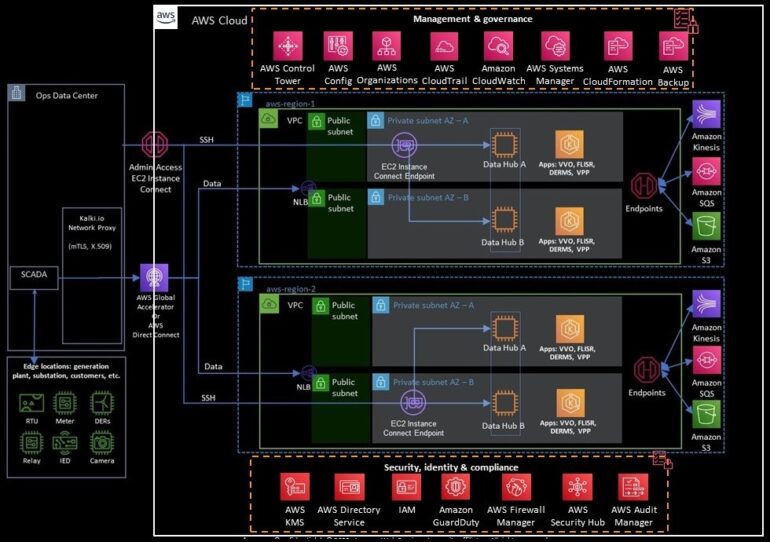TL;DR:
- Oil and gas firms are increasingly adopting AI and machine learning for various applications.
- Amazon Web Services (AWS) is a leading player, offering specialized tools and expertise.
- Collaborations with industry leaders like Baker Hughes, CNX Resources, and Cepsa are yielding significant emissions reductions and production enhancements.
- Large language models, like ChatGPT, hold promise for intuitive AI-driven queries and improved operational efficiency.
Main AI News:
In the dynamic landscape of the oil and gas sector, organizations are turning to cutting-edge technologies to fuel innovation and address an array of critical challenges. From emissions monitoring to production optimization, machine learning and artificial intelligence (AI) are becoming pivotal tools in the industry’s arsenal for transformation.
Hussein Shel, the Director, Chief Technologist, and Head of Upstream for Energy and Utilities at Amazon Web Services (AWS), a global leader in cloud computing solutions, sheds light on the unfolding AI revolution within the oil and gas domain. According to Shel, AWS is at the forefront of this digital evolution, delivering a powerful combination of high-performance, cost-effective, and energy-efficient machine learning tools and accelerators tailored to the unique demands of the sector.
Collaboration and Innovation Take Center Stage
AWS has collaborated with various businesses across the industry, ushering in a wave of machine learning and AI innovations that promise to reshape the future. One noteworthy example is the partnership with Baker Hughes, which resulted in the development of the Leucipa automated field production solution. This cloud-based innovation combines AWS’s advanced analytics prowess with Baker Hughes’ deep industry expertise, offering operators a robust platform to efficiently manage field production.
CNX Resources Corporation and Orbital Sidekick also joined hands with AWS in a game-changing endeavor. By leveraging AWS services and the expertise of partner Ambyint, CNX achieved a remarkable 48% reduction in greenhouse gas emissions while simultaneously increasing natural gas well production by an impressive 4%. Orbital Sidekick harnessed AWS capabilities to monitor energy pipelines, significantly reducing risks and emissions.
The Collaborative Momentum Continues
AWS’s commitment to advancing the oil and gas industry’s technological frontier is further exemplified by partnerships with Scepter, ExxonMobil, and Cepsa. In a recent revelation, Scepter and ExxonMobil joined forces with AWS to create a data analytics platform for characterizing and quantifying methane emissions, initially focusing on the U.S. Permian Basin. This platform draws data from various monitoring platforms, spanning ground, air, and space.
Cepsa, an industry trailblazer, embraced the innovative solution known as Amazon Lookout for Equipment from AWS. This cutting-edge technology harnesses AWS-developed machine learning models to enable large-scale predictive maintenance in industrial facilities, enhancing operational efficiency and reliability.
Unlocking the Potential of Large Language Models
In a conversation with Vicki Knott, the CEO of CruxOCM, a pioneer in autonomous control room operations, a fascinating perspective emerges. Knott envisions a future where large language models like ChatGPT play a pivotal role in the industry’s evolution. These models have the potential to revolutionize workflows, enabling professionals to make complex requests such as historical flow rate retrieval, data cleansing, and performance analysis with unprecedented ease.
Conclusion:
The growing integration of machine learning and AI technologies in the oil and gas sector, coupled with strategic collaborations and innovations, signifies a significant shift towards increased operational efficiency, reduced emissions, and enhanced data-driven decision-making in the market. This transformation opens new avenues for competitiveness and sustainability within the industry.

